What To Look Out For - November 2015
Our gardens and woodlands can be great places for wildlife, especially as winter moves in and many animals seek refuge on the edge of our countryside. Many mammals change their habits this month. Red Foxes spend an increasing amount of time fighting with each other as families begin to break up and young animals start to disperse. A large number of of fox cubs die before they reach maturity so never breed. In urban areas the life expectancy of a fox is approximately 14 months.
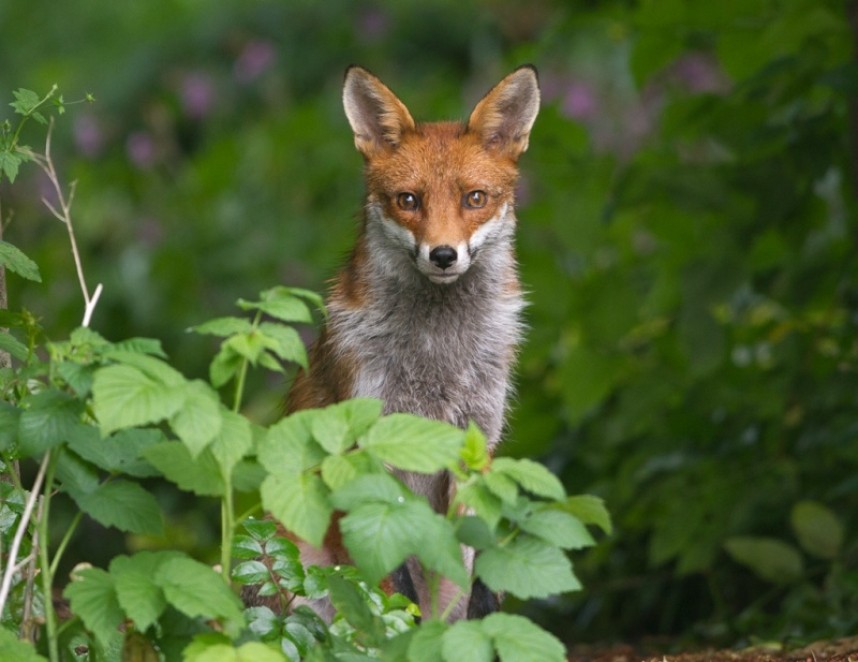
Red Fox © Steve Race
November is a critical month for Hedgehogs. Around mid-November they seek sites for hibernation. A good log pile or warm mound of leaves and brash provide warmth and cover from predators. Please be extra careful when moving garden material for Bonfire Night as hedgehogs can be hiding underneath! If you do find a hedgehog and are worried about their condition please visit this special hedgehog web page set up by the RSPCA.
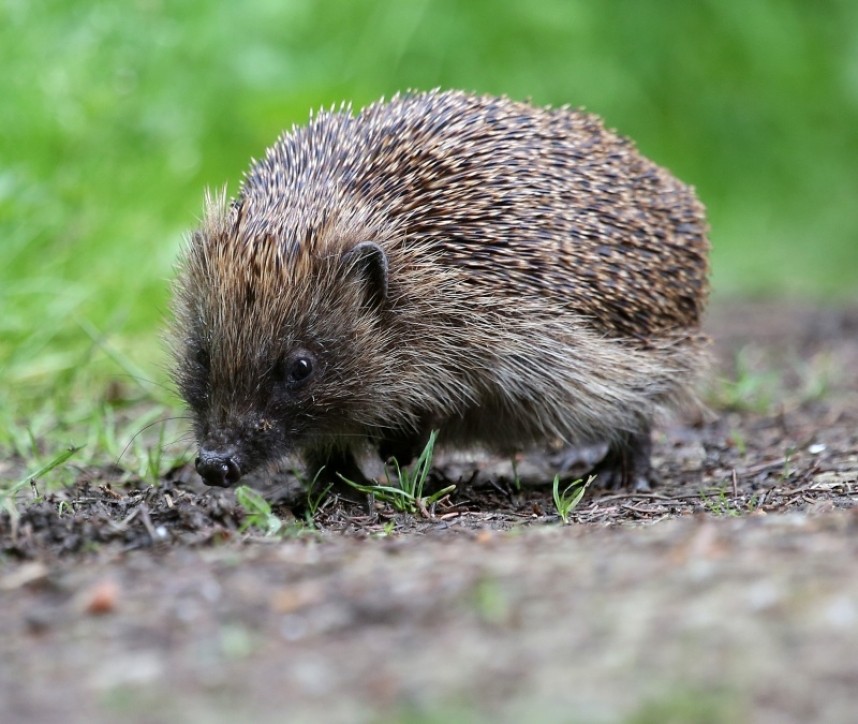
Hedgehog © Dan Lombard
November heralds the start of winter but every year is different as the timing of bird migration is dependent on weather conditions on the continent and in the UK as well as the prevailing wind direction. Millions of birds are still on the move but food is becoming scarce after an autumn of plenty.
On the coast three species of Diver have left their breeding grounds in Northern Europe and are beginning to settle down on the Yorkshire Coast. Red-throated Diver is our commonest member of this family. Depending on food distribution they can sometimes be found close inshore. The best features to look for are the relatively small bill and the grey/pale head often held upwards.
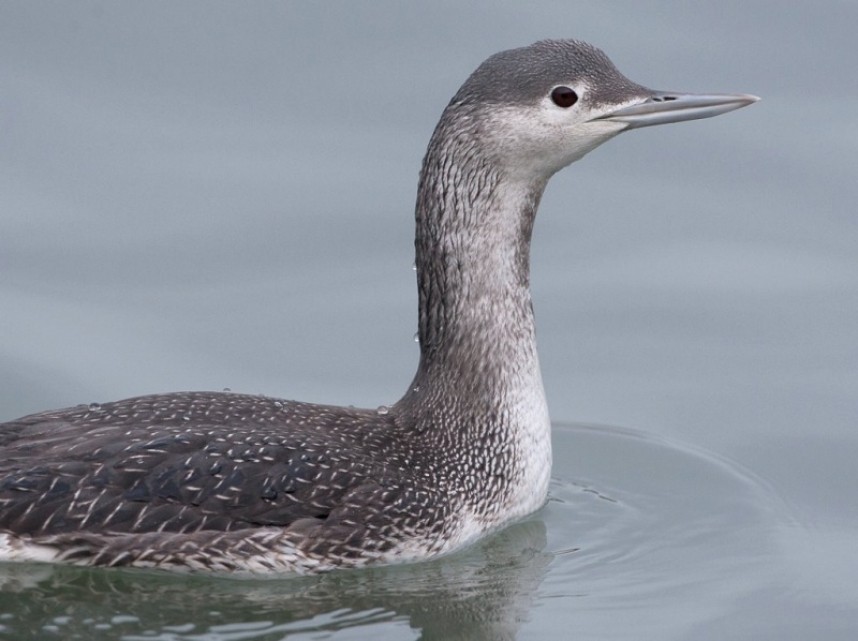
Red-throated Diver © Steve Race
Great Northern Divers are the biggest member of the family likely to be found offshore in Yorkshire. Darker plumage, large bill and squarer head shape compared to Red-throated Diver are good characters to remember.
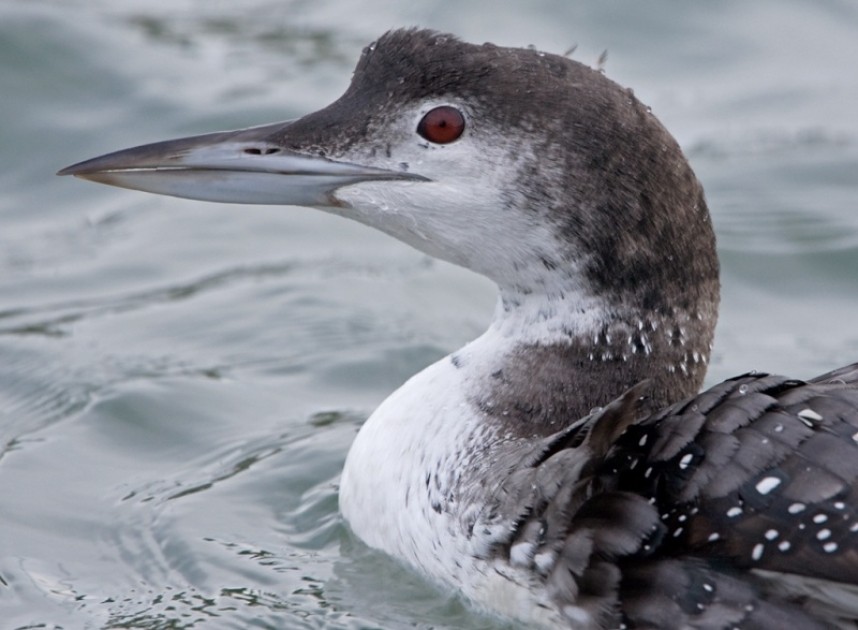
Great Northern Diver © Steve Race
Black-throated Diver sits between these two species in plumage and size. They are often darker on the upperparts than Red-throated and often show a white area near the flanks. Divers can turn up anywhere on our coast In North Yorks try Robin Hoods Bay on a high tide when they can often be seen closer inshore. Scarborough Harbour can be a great place to get close views especially in hard weather as the birds are forced to take shelter during storms. Further south Filey Bay and Hunmanby Gap have a good record for turning up Great Northern Divers.
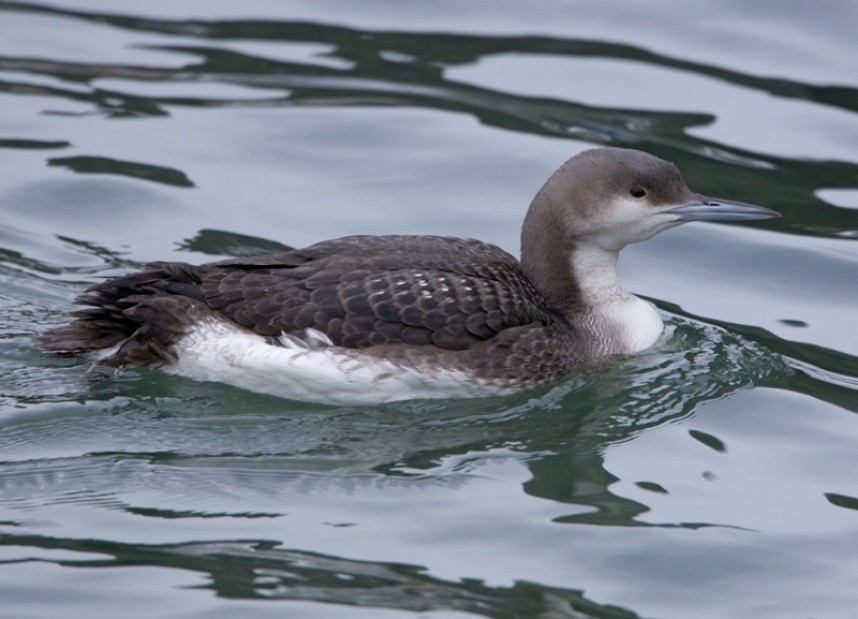
Black-throated Diver © Steve Race
One of our most popular winter songbirds is the Snow Bunting. These arctic birds nest on the ground, when they reach our shores they choose open fields of freshly sown crops or stubble where they search for grain or flower seed. Watch out for a flash of white in the wings as they fly and their sweet call. Good sites include cliff top fields at Cow Bar just north of Staithes, Long Nab near Burniston is a great place to try, Filey and Flamborough down to Spurn in the south of our coastline.
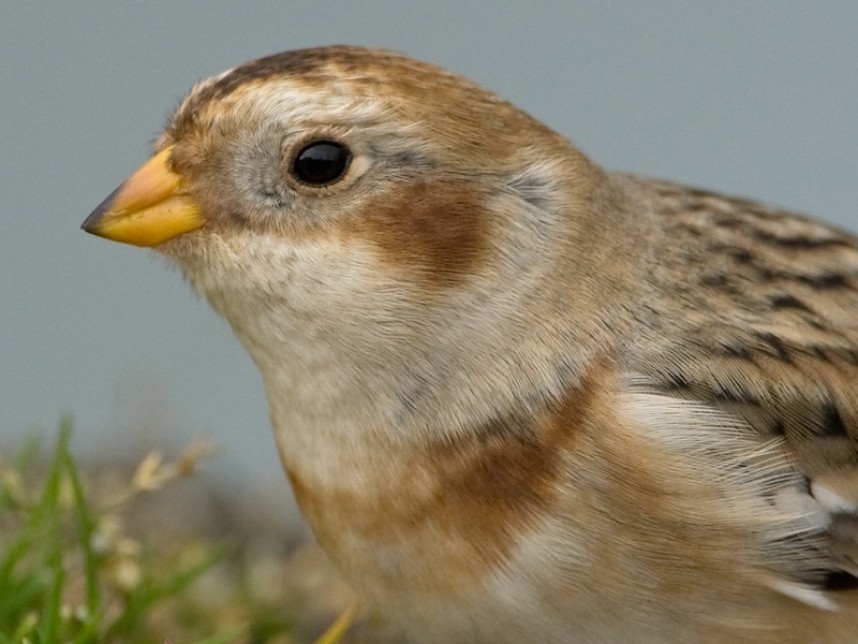
Snow Bunting © Steve Race
From the wild coast we move back into our gardens where most insects have vanished. There are some beautiful moths however which specialise in the colder months! A classic and striking winter moth to look out for is the Satellite. This superb insect overwinters as an adult. They build their cocoon underground pupating about three months later to emerge in the middle of September. They can be found on the wing until the following April.
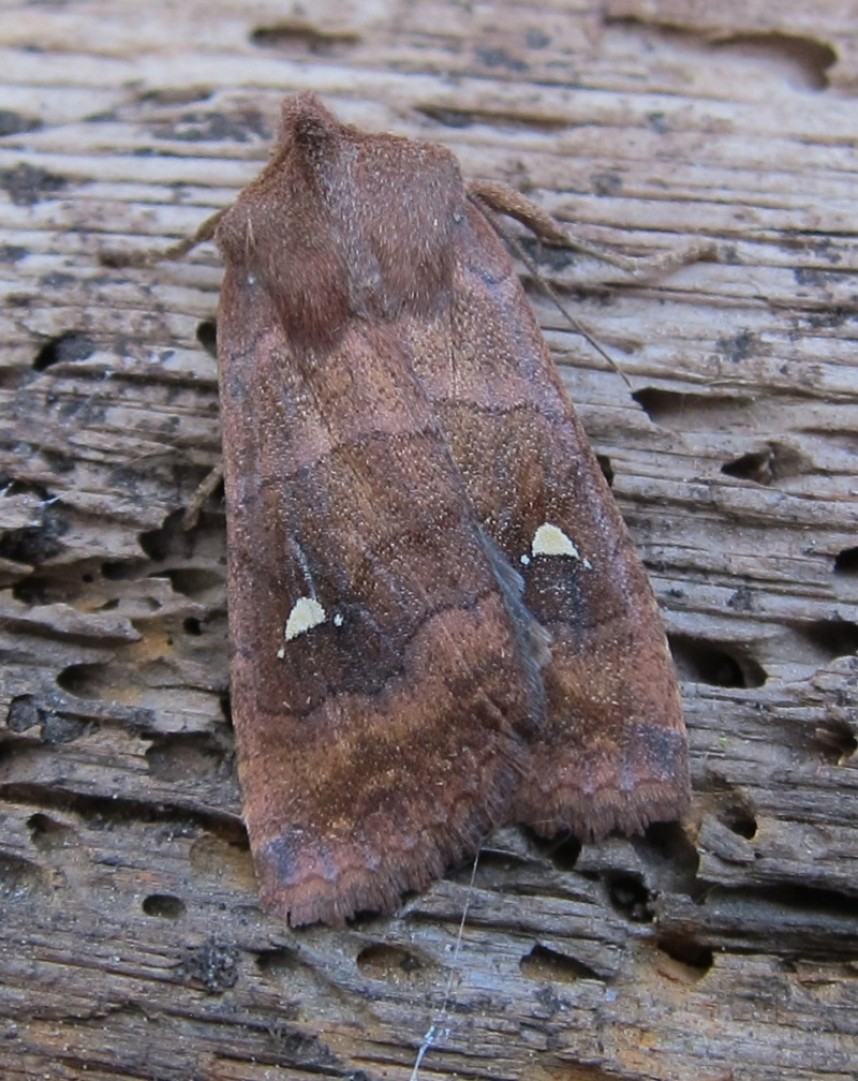
Satellite © Richard Baines



 Back to Blog
Back to Blog
